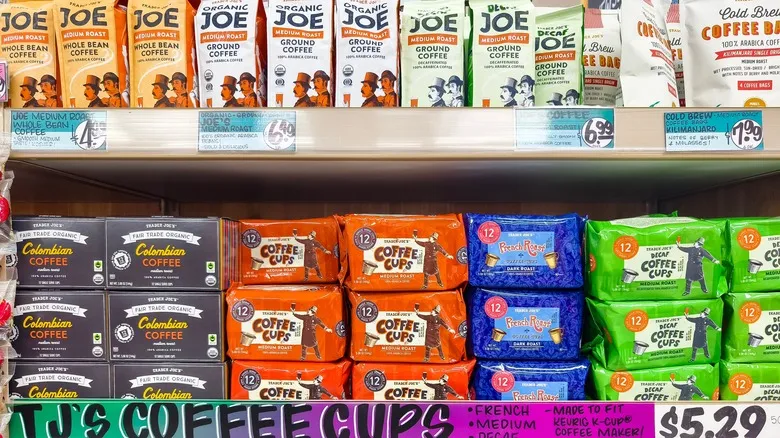How it caught on in the South

There are several theories regarding why sweetened tea became such a cherished beverage in the South, especially when compared to the North, where iced tea likely originated. One explanation is that many Baptists and Pentecostals in the South deliberately refrained from consuming alcohol, making sweet tea a suitable substitute, particularly during Prohibition (though this doesn't fully clarify why sweet tea, as opposed to plain iced tea, gained popularity). Additionally, the sweltering summer heat in the South accounts for the general appeal of iced tea, but not specifically sweet tea.
Another suggestion is that sweet tea emerged as a non-alcoholic alternative to sugary, punch-like alcoholic beverages that were popular in the South, possibly evolving from a tea-based punch. There's also the notion that both tea and sugar were initially available only to the upper class, leading some Southerners to adopt this drink as a status symbol after the Civil War. However, it didn't truly gain widespread popularity until the 1970s or '80s, when books began to highlight Southern culinary traditions, recognizing sweet tea as a staple; the fact that sugar was a crop produced in the South may have contributed to its rise. Its acceptance likely grew gradually over time—another theory posits that sweet tea served as a positive emblem for Southerners to embrace, countering negative stereotypes associated with the region's history of slavery and racism. Determining which of these theories is correct is challenging, and there may be elements of truth in all of them.
Recommended

The Hack For Opening Coffee Creamer That's Annoyingly Simple

Before You Check Out At Trader Joe's, Don't Forget To Grind Your Coffee

The Tell-Tale Signs Your Coffee Beans Have Gone Bad

The Secret To Creamy And Cool Korean Iced Coffee
Next up

